A short guide on cleaning your coffee equipment
Cleaning your coffee equipment and tools is not just a matter of hygiene: The better care you take of all your equipment, the better your coffee will taste in the end. Even if we can’t see it, coffee beans contain different types of oils that become loose when exposed to heat and tend to stick to any surface they happen to be when they cool down a bit. They accumulate, they go rancid, and we become used to it.
Another good reason is that keeping your stuff clean is the best way to ensure you won’t have to replace it anytime soon. It’s all about putting just a tiny bit of effort into keeping everything clean. You wouldn’t want to ruin the taste of good coffee because you didn’t keep -for example- the French press clean. And, according to a recent study, it was found that more than half coffee makers in offices around the US were actually growing some kind of mold or yeast inside! Of course, after they’ve been used, they foster the perfect conditions: Dark, wet, humid.
So in this article, we’re gonna list a few ways that you can go about cleaning your coffee tools. We’ll tell you how to do it, when to do it, and what advantages each cleaning method has over others- What you choose boils down to personal choice.
Hot water rinse
The first option is the safest, most recommended method of cleaning your coffee equipment. Using water as hot as you’re comfortable with, thoroughly rinsing everything from filters to cups, to brewing devices.
The hot water rinse is most recommended because it does not compromise the taste or aroma of your coffee. To effectively use this method, you must:
- Rinse object with hot water under the sink – or soak in hot water.
- Be sure the water gets everywhere. If desired, use a sponge with no soap.
- After, dry thoroughly with a rag or paper towel until it’s completely dry.
- Before storing away, let it sit in a well ventilated place for a few minutes.
And that’s how you effectively perform the most basic wash of all. Of course, since we’re not using any chemical agents and such, this wash usually can only be performed on things that are already not too dirty to begin with and must be done daily, possibly several times a day, for it to be effective.
Vinegar soak
Vinegar is usually a last resort kind of ingredient. More than something that you would use to clean something, vinegar is more useful to get rid of persistent smells. And we know that coffee has a very strong smell.
We discourage using the vinegar soak on objects where coffee is brewed, as it can mess with the aroma of the coffee no matter how well you rinse it after. Instead, vinegar comes in handy when coffee beans and coffee grounds have left their mark on storage bins, cans, and thermoses; Wherever coffee is stored, smell will stick to.
The usual ratio is 1 part vinegar to 1 part water -warm or hot water- and let it soak as long as you feel the situation calls for.
Baking Soda
Baking soda is great because it gets rid of any oils that are stuck on glass, ceramic, and metallic surfaces. We often see metal parts that become stained by coffee and even if the taste isn’t affected at first, it just doesn’t look right.
In this case, baking soda is recommended. You can mix one or two tablespoons of baking soda per glass of water and use it either for soaking a specific part, like a filter, etc. If not, you can use the same solution combined with a small brush to get rid of stains and dirt on your coffee machine and other tools like it.
Though some people like to use vinegar and baking soda in conjunction for cleaning purposes, it is advised that you refrain from this -and other- combinations when cleaning your coffee tools. One small mistake and you could ruin your next five to ten cups of coffee!
Chlorine based products
As a general rule, do not use products that contain chlorine to clean your equipment. It can seriously compromise the integrity of your equipment – and it is dangerous if ingested. Even in the worst of cases, chlorine should be avoided.
As you can see, cleaning your coffee equipment is not such a hard task. With this knowledge you’re sure to save a lot of time and effort. Keep in mind that the most important thing is being constant.
Thanks for reading!
About Blog Post Author
Maker's Coffee
Blog Writer
Maker’s Coffee blog writers consist of highly experienced and talented professionals dedicated to producing quality content that is interesting and informative regarding all things coffee.
Leave us a Comment
Specialty Coffee Marketplace
Shop for fresh roasted Specialty Coffee delivered direct from our award winning roasters.
-

Colombian El Jardin Natural
$20.95 — or subscribe and save 10% -

Ethiopia Durato Bombe
$24.00 — or subscribe and save 10% -

Costa Rica Las Lajas Red Honey
$17.95 — or subscribe and save 10% -

Durango Western Blend
$14.95 — or subscribe and save 10% -

Durango Espresso Blend
$15.20 — or subscribe and save 10% -

Clementine Blend – sảng khoái
$17.50 — or subscribe and save 10% -

Colombia Water Processed Decaf
$17.00 — or subscribe and save 10% -

Citizen Blend Washed Process
$18.50 — or subscribe and save 10% -

House of Per’La Maison Couture Blend
$17.00 — or subscribe and save 10% -

Dark Roast Blend
$17.00 — or subscribe and save 10%



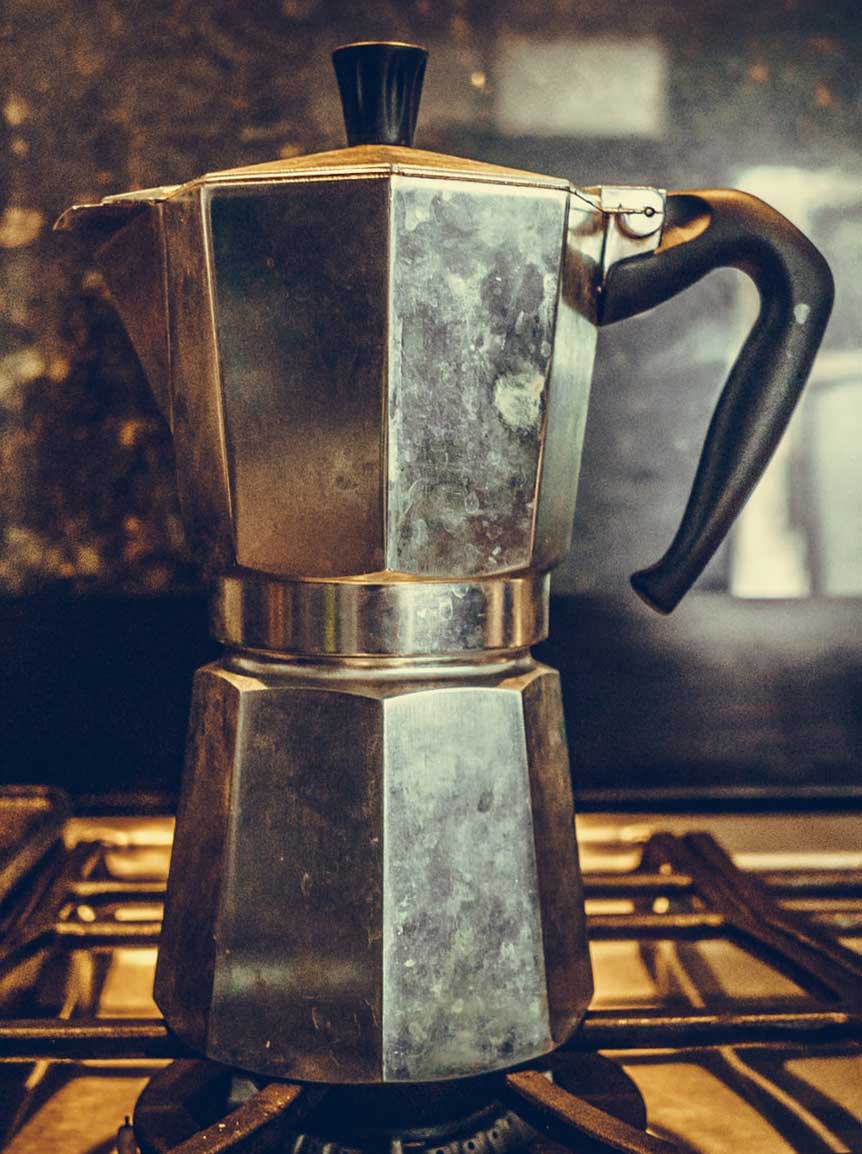
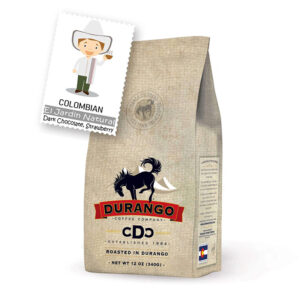
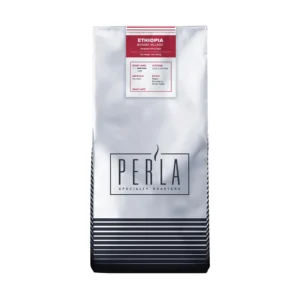
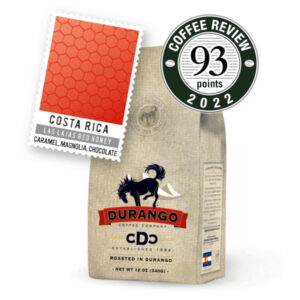
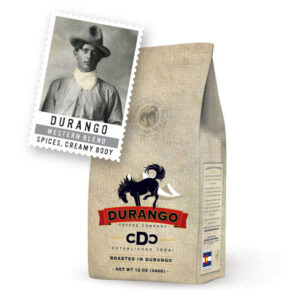
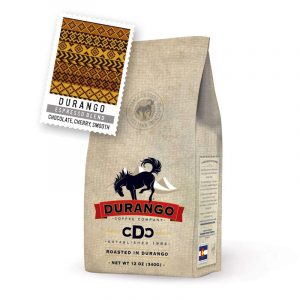


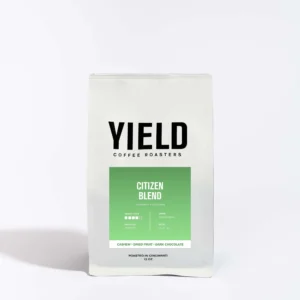
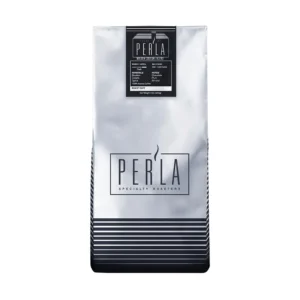
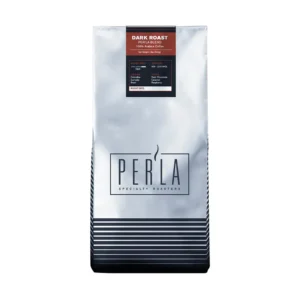


0 Comments